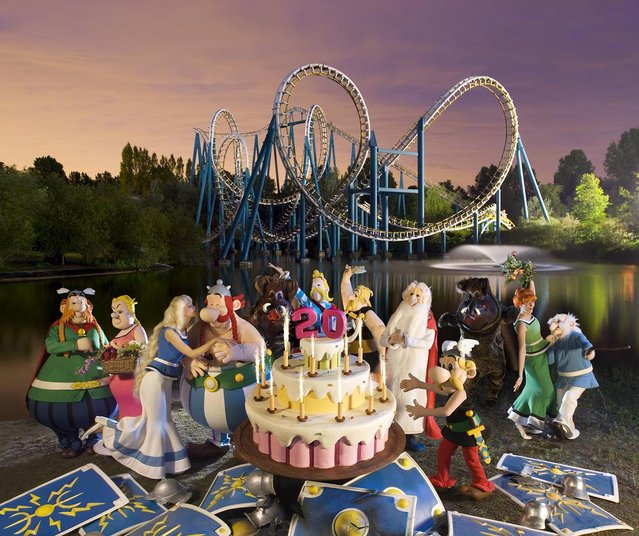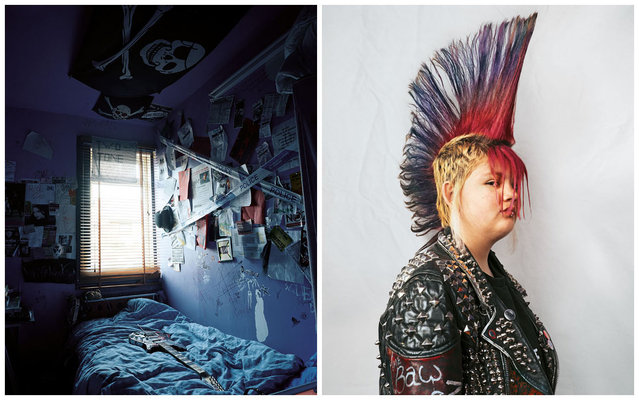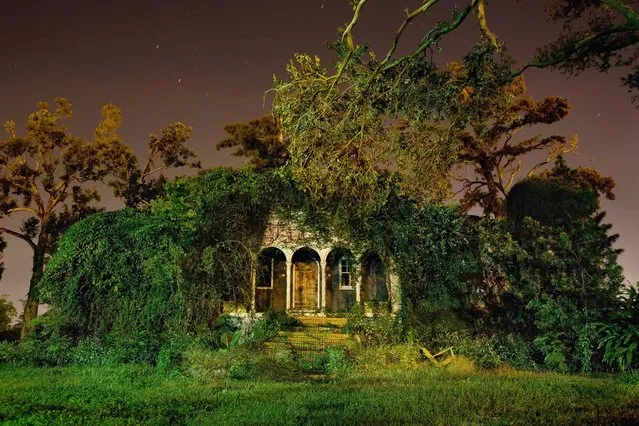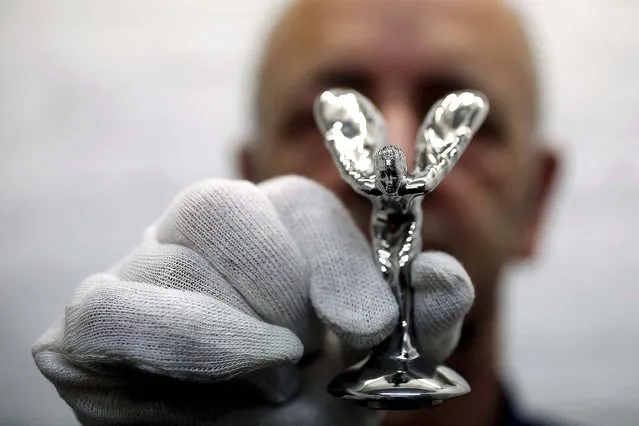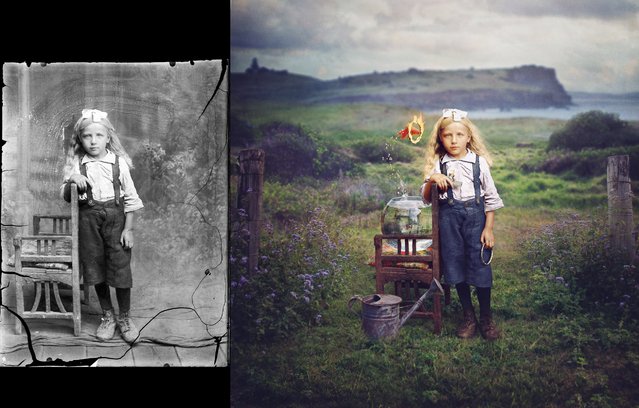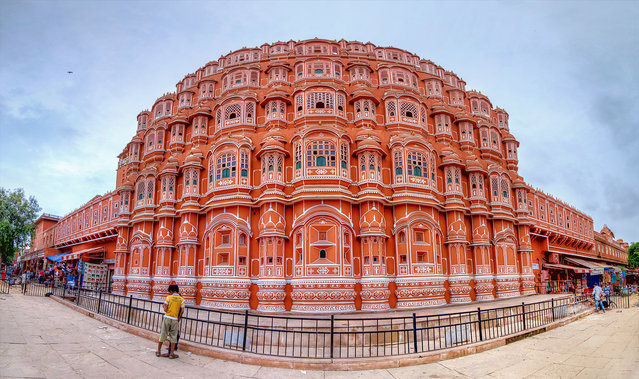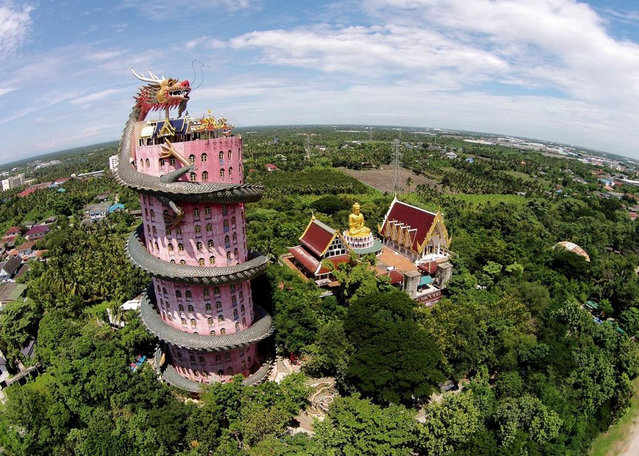
With the Wat Samphran Temple, what you see is what you get: while a smattering of awed visitors across the web have expressed admiration for this impressive work of architecture, details such as when it was built, who designed it, or why this 17-story tower is in the clutches of a massive, beautiful dragon are nowhere to be found.
16 May 2015 09:51:00,post received
0 comments

